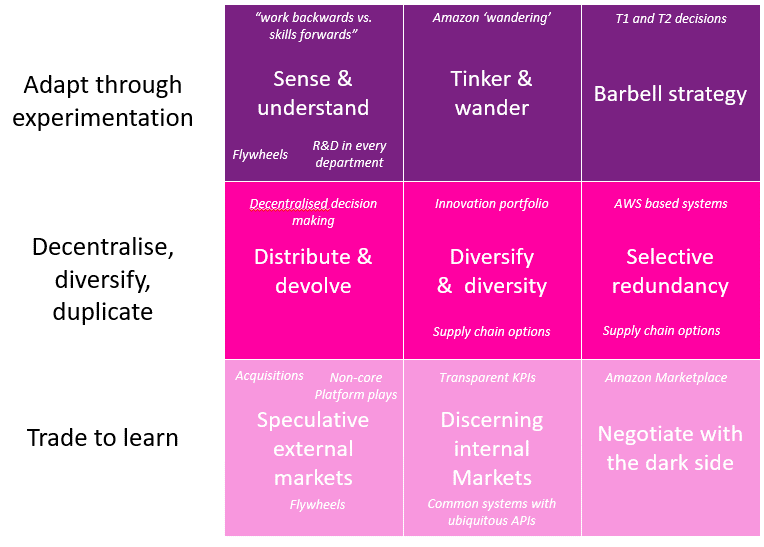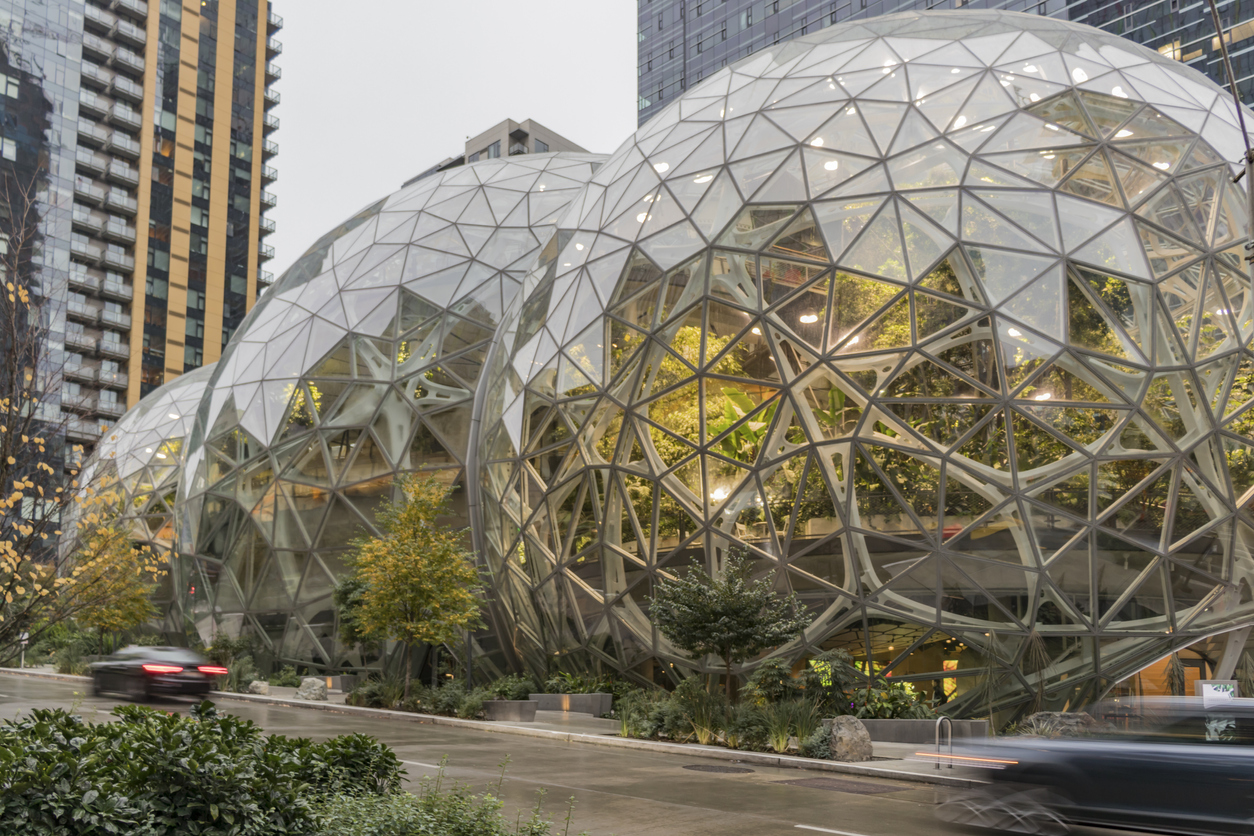Antifragility — the capability to not only survive but also emerge stronger from external shocks — has become a colossal, contemporary boardroom challenge.
Bill Murray, Senior Researcher and Advisor at Leading Edge Forum, tells CEO Today how multinational companies can adopt this new form of business resilience to overcome future crises.
When the COVID-19 pandemic spread across the globe, businesses and public-sector organisations had to reconfigure overnight in order to protect lives and meet radically different demand and fulfilment patterns. But while the new world order of quarantine and working and schooling from home is probably temporary, the imperative of resilience and its more valuable sibling, antifragility, is here to stay.
Future shocks, including climate change events, will become bigger and more regular and COVID-19 has been a stark wake-up call as to our vulnerability levels. Organisations must now understand which changes have created value and learn to sustain the positive ones permanently. Antifragile organisations like Amazon and Haier, with digitally enabled, loosely coupled and distributed workforces and infrastructures, have proved it’s possible to flex, adapt and emerge stronger from crises such as COVID-19.
Stratagems for Increasing Resilience and Antifragility
Antifragility can be planned for and designed into organisations, infrastructure and supply chains, but realising its value requires shocks, which provide the volatile conditions for change and growth.
Stratagems for increasing antifragility fall into three modes:
1. Adapt through experimentation
- Sense & Understand – Horizon scanning, scenario planning, data ‘flywheels’ powering operations;
- Tinker & Wander – Experiment not just on products and/or services but also operations. Use fault injection to make operations more resilient;
- Barbell strategy – Investment profile favours extremes so avoiding middle of the road choices.
2. Decentralise, diversify, duplicate
- Distribute & devolve – Modularise management and operations;
- Diversify & diversity – Spread portfolios and include different sorts of people in decision-making bodies;
- Selective redundancy – In capabilities that may need burst capacity: g. IT, supply chain, call centres, allow demand switching.
3. Trade to learn
- Speculative external markets – Try adjacent markets, explore the other markets your ecosystems are targeting.
The same stratagems also work for increasing resilience — the difference is the type, number and deployment of options in each category. Resilient businesses have been able to weather the shock to the economy of a global medical health crisis better than others; and companies with antifragile properties are, in addition, building on the opportunity that comes out of the shock.
Organisations must now understand which changes have created value and learn to sustain the positive ones permanently.
Amazon’s Antifragility
Amazon is arguably today’s most antifragile organisation, although Haier (described later) is also a contender. The table below shows, for each stratagem, the assets and mechanisms that make Amazon an antifragile organisation. The examples given are to be found in Jeff Bezos’s annual open letter to shareholders. What is striking is that we find examples in every one of the nine stratagems. On closer inspection, we see some constructs (such as flywheels and supply chain options) supporting more than one stratagem.

Amazon is an antifragile set of businesses based around the platform business model. At the core, there are physical logistics platforms (and their enormous flywheels) and eCommerce platforms (and their enormous flywheels), plus common systems. At the periphery there are hundreds of small, decentralised teams with transparent KPIs.
These small teams are quick and can multiply quickly — adding new products or services without the drag of organisational structures and legacy systems. The teams can be external. Systems create only small amounts of legacy as they are based on AWS. This is how Amazon can scale and innovate at speed and low-cost during volatility. The recent shock has shown a steep antifragile trajectory in both Amazon Grocery and Amazon Marketplace. Amazon senses, learns and adapts in all its business units and across its business units.
Holistic Haier
Haier is a multinational home appliances giant that’s regularly reinvented itself and has the capacity to continue to do so because of its commitment to distributed structures. It’s comprised of loosely coupled, independent micro-enterprises, and through extensive joint venturing, its supply chain can cope with, respond to and build opportunity from shocks and volatility.
The company also uses blockchain to digitise and streamline operations, which would take far longer cycles to achieve through manual processing. This gives it the ability to respond contextually to changes in its ecosystem, and to focus energy, resources and scale where they are needed the most.
[ymal]
Finally, Haier employs the RenDanHeYi7 management model, which also devolves responsibility and autonomy to employees. Employees get ownership, decision-making rights and a customer-paid salary. As CEO Zhang Ruimin explained in an interview with Corporate Rebels: “With the RenDanHeYi model we truly enter the network age. But the network aspect is not even the most important. What is more important is that we no longer try to delegate to, or ‘empower’, employees … with the RenDanHeYi model we move away from being like an empire (with a traditional, closed pyramid) to be more like a rainforest (with an open networked platform). Every empire will eventually collapse. A rainforest, on the other hand, can be sustained.”
A Call to Action for CEOs
The work of the resilient organisation doesn’t cease when the post-shock world returns to equilibrium. Instead, this is the trigger for the post-shock resilient organisation to begin to think about its next phase of transformation and growth. By leveraging the lessons of the COVID-19 programme management office, a resilient organisation can accelerate its transformation, shedding pre-shock inertia that previously held the business back from achieving its transformation goals. In this way, a resilient business can in time soar to new heights, aiming for the same accelerated success trajectory as the antifragile organisation.
For a more in-depth guide, read the full report: “Shock Treatment: Developing Resilience & Antifragility”.











